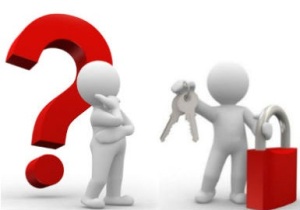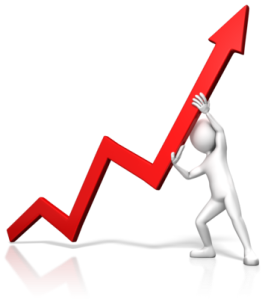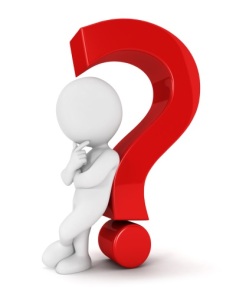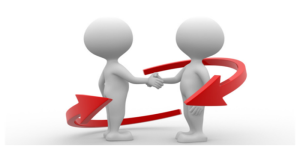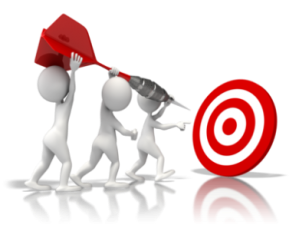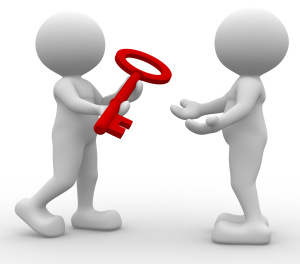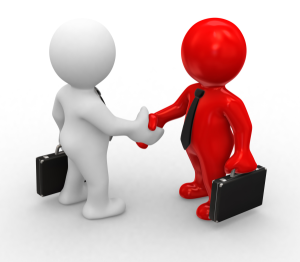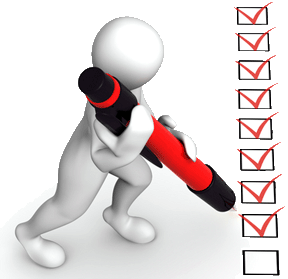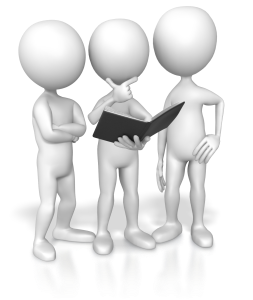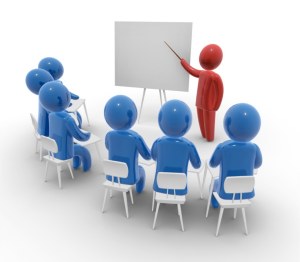A sales process
is the set of steps your sales team follows when moving a prospective buyer
through the funnel from the early stage of contact with that prospect to a
closed sale and often continues long after the sale is finalized.
The ideal sales process serves as a template that enables and
demands customization. While that might seem like an oxymoron, it isn’t. A
well-designed sales process will make it easy to choose where and how you
personalize your approach, build customized selling into every step of the
journey, and for every individual prospect.
"Simply put, it is a potential customer’s journey from realizing they have a need or want for a product to making an actual purchase. A comprehensive sales process encompasses all major customer interactions from preparation to selling to nurturing. And since the sales process is a journey for a prospect, it is a road map for a sales team."
Even though your sales process
should be customized to the requirements of the product and the sales person as
a solution, these are general steps are recommended for building an effective
sales process. Considering the wide range of understanding of the sales team
with the framework of the sales process, it might be shorter or include some
variation in the inputs mentioned below.
Typically, a sales process consists of 3 Main Stages; Pre, Actual
& Post.
1. Preparation
2. Presentation
3. Post Action
 |
| 3 P's Of Sale Process by The Sicth Element |
Stage 1: PREPARATION
Product Knowledge: This step is fairly straight
forward, but it is also the great undoing of many a technical expert turned
sales person. When one is extremely well versed in a particular product
especially a technical one, it is easy to get caught up in a monologue of all
the great features it provides.
 |
| Product Knowledge |
Effective
Sales Prospecting is
considered as one the first processes of the sales cycle and is the bread and
butter of an organisation. Because if you want your business to reach newer heights,
you need to capture more prospects – every single day. Prospecting is one
of the key stages of the sales process and simply involves reaching out to
potential customers.
"There’s one more fact you need to acknowledge about prospecting – leads won’t just fall into your lap. You’ve got to take action for something to happen."
 |
| Prospecting |
Unfortunately, most sales persons and their guides use ineffective and outdated sales prospecting techniques, instead of the effective practices that could actually lead to a higher volume of well-qualified leads (and make them more partial to prospecting). Just like every other aspect of the sales process, you need to put in the effort and focus required. This is the only way to prospect efficiently so that you don’t waste your time on unqualified leads that aren't suited for your product or service. You have to schedule everything perfectly and keep track of your progress and failures.
Stage 2: PRESENTATION
Setting up a
product demonstration/ presentation gives you the chance to show off your
solution. Whether it’s an in-person meeting or you’re using a video
conferencing platform, research and preparation is key to delivering a result
oriented presentation.
What are the main
factors of delivering an effective product demonstration/ presentation? Quality
product knowledge, a well-structured text, good visuals, and
great communication skills to name a few. According to some studies, using
humor, sitting/standing close to the audience, or speaking off script may
increase the attention level of the audience.
The more you can personalize the
presentation to fit the prospect’s immediate needs or wants the better you’ll
be able to sell them on the benefits and features of your product. Frame the
product as a solution to a problem facing the prospect or their business – and
help them understand what they’ll miss out on if they don’t buy.
However, there are more tricks and details in the
presentation making process which can make fair presentation in to a great
presentation.
Remember:
The 2 main reasons a customer buys are- Benefits & Fear of Loss
Stage 3: POST PRESENTATION ACTION
Post presentation action involves closing the, actual paying up by the
customer, customer service and customer relations.
Closing:
Closing a
sale is a term which refers to the process of making a sale.
Closing is the final step of a transaction. In sales, it is used more
generally to mean achievement of the desired outcome, which may be an exchange
of money or acquiring an approval or a signature. In Sales you often
need to think of prospect not as a stranger, but rather as a prospective
customer who already wants or needs your offering. Such prospects need only be
"closed".
Customer Service:
Customer service
is a process of ensuring customer satisfaction with the product or
service that you offer. Often, customer service takes place while performing a
transaction for the customer, such as making a sale or returning an item.
Customer service can take the form of in-person interaction, a phone call,
self-service systems, or by other ways. A satisfied customer is the best
strategy of all to grow your business. By doing so, knowingly or unknowingly
you have just appointed a brand ambassador for your self.
Customer Relations:
Customer relations
for sales persons is the key to sales growth. It involves establishing a
relationship with the customer and sustaining it by practices and strategies
to maintain a your interaction with current and
potential customers. You study data, buying behavior and analyse the
customers' history in turn to improve business relationships with
your customers, specifically focusing on customer retention, product
or service repurchase, referrals that ultimately drives sales growth.















